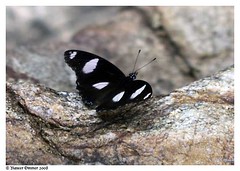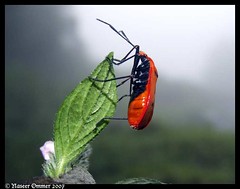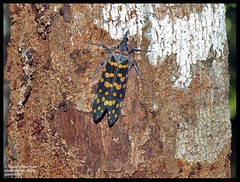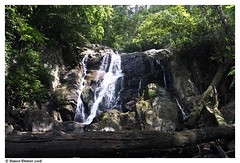
The Western Ghats mediates the rainfall regime of peninsular India by intercepting the southwestern monsoon winds. The western slopes of the mountains experience heavy annual rainfall (with 80 percent of it falling during the southwest monsoon from June to September), while the eastern slopes are drier; rainfall also decreases from south to north. Dozens of rivers originate in these mountains, including the peninsula's three major eastward-flowing rivers. These are important sources of drinking water, irrigation, and power. The wide variation of rainfall patterns in the Western Ghats, coupled with the region's complex geography, produces a great variety of vegetation types. These include scrub forests in the low-lying rainshadow areas and the plains, deciduous and tropical rainforests up to about 1,500 meters, and a unique mosaic of montane forests and rolling grasslands above 1,500 meters.The Western Ghats harbors approximately 5,000 species of vascular plants belonging to nearly 2,200 genera; about 1,700 species (34 percent) are endemic. There are also 58 endemic plant genera, and, while some are remarkably speciose (like Niligrianthus, which has 20 species), nearly three-quarters of the endemic genera have only a single species.
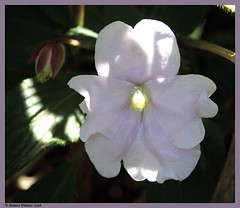
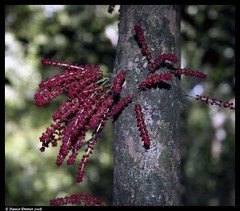

In the Western Ghats, the Agasthyamalai Hills / Agasthyamudi in the extreme south are believed to hold the highest levels of plant diversity and endemism. Nearly 87 percent of the region’s flowering plants are found south of the Palghat Gap (37 percent being exclusive to this sub-region); these figures falls to about 60 percent and 5 percent, respectively, in the Nilgiri Hills.
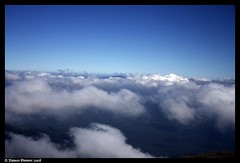
Avian fauna :
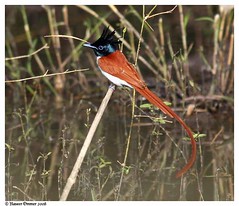
There are more than 450 known bird species from the western ghats, of which about 35 are endemic.
The mammalia
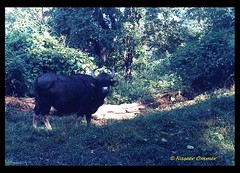
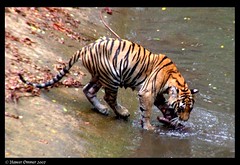
The Western ghat is home to about 140 mammal species, although less than 20 are endemic. While mammal diversity is lower here than in some other tropical hotspots, the WG does support a significant diversity of bats, with nearly 50 species and one endemic genus, represented by the bat Latidens salimalii (CR), which is endemic to the High Wavy Mountains in the Western Ghats.
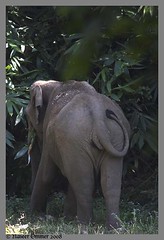
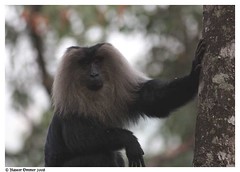
Some of the most prominent mammals are the lion-tailed macaque ( Macaca silenus, EN), found in highly fragmented tropical rain forests in the Western Ghats, and the endemic Nilgiri tahr ( Nilgiritragus hylocrius, EN), which lives in the montane grasslands of the Western Ghats. One of the most threatened Indian mammals, the Malabar civet ( Viverra civettina, CR), is known only from the Malabar Plains, which are densely populated and the focus of most development activities.
The WG also has important populations of the Asian elephant ( Elephas maximus, EN). The Western Ghats is home to about 11,000 animals.
The Herpetofauna

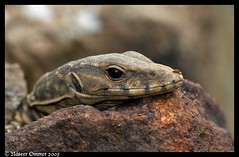

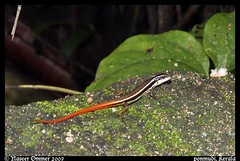
The highest levels of vertebrate endemism in the Western Ghats are among reptiles and amphibians. Of the region's more than 260 reptile species, about 175 (66 percent) are endemic. One quarter of the nearly 90 reptile genera in the hotspot are endemic, and nine of these are represented by single species. Families such as Uropeltidae (47 of 48 species), Gekkonidae (18 of 30), and Agamidae (20 of 26) exhibit very high endemism.
Amphibians
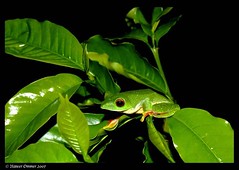

Endemism is particularly marked among amphibians in this region: of approximately 175 species, roughly 130 are endemic. he genus Philautus is particularly well represented with over 50 species occurring, and nearly all of them are endemic. Unfortunately, the amphibian fauna fare particularly high levels of threat, driven particularly by the continuing levels of habitat loss. Among the endemics, over 85 species are considered threatened
